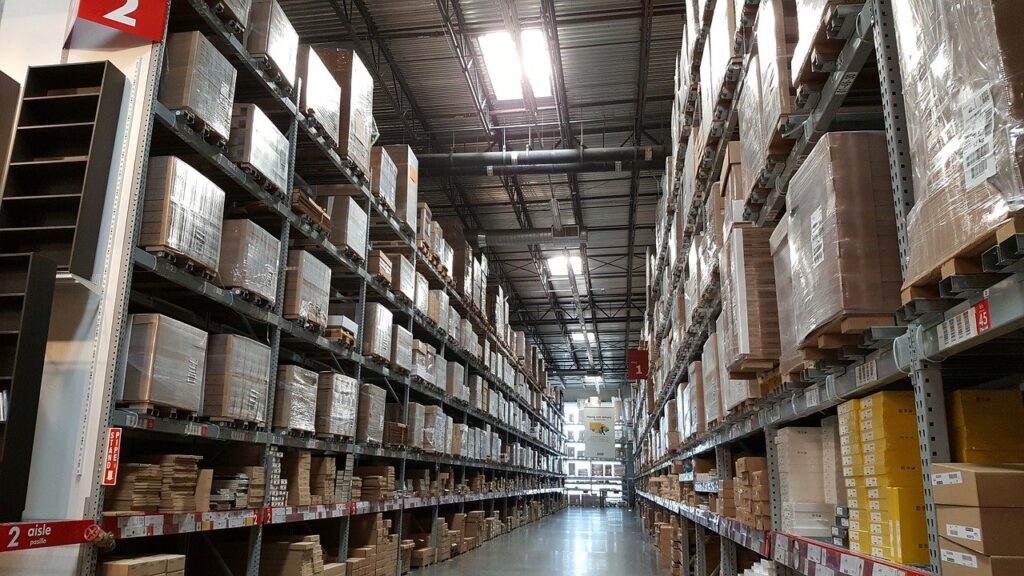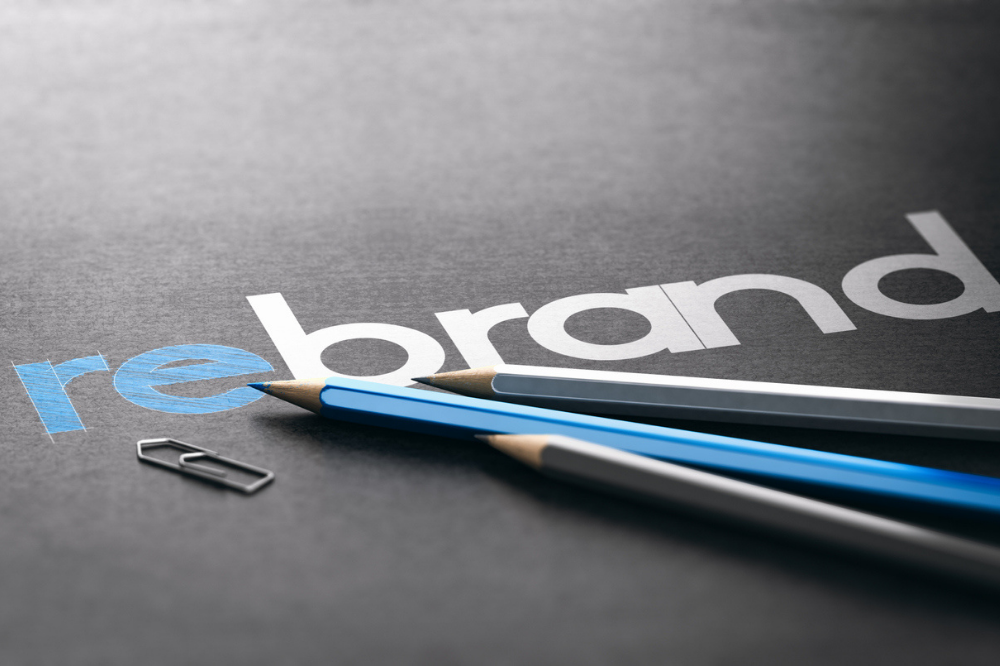Structured trade finance (STF) is an advanced funding mechanism where lenders consider underlying goods and receivables. This trade finance technique applies to commodities that can easily be securitized, stored, and even sold off in case of a forced sale. Balance sheet lending has limitations that are addressed when you use structured trade finance. There are many types of structures, and each one has its own set of benefits and drawbacks. Structured trade finance is also referred to as structured trade and commodity finance. In this article, we will discuss three common structures: pre-export, prepayment finance, and borrowing base finance. We shall use structured trade finance and structured commodity finance interchangeably as the difference is minimal.
How Structured Trade Finance Works?
The first thing you need to understand is the commodity value chain. A value chain of a commodity describes all activities that lead to a final product or service. A mining industry value chain involves the activities that bring a product gold (for example) from the mine to a retail store. However, such an industry has different companies are different stages of the value chain. Each stage of the value chain will determine the type of structured trade finance products that are suitable.
The next step is to identify the risks of the funding proposal and then matching if a specific product. Examples of structured trade finance requirements would be pre-export finance, warehouse finance, and post-shipment export finance. All these requirements have a similar commodity finance structure but will have small variations.
The next stage is to design the financing structure.
Types of Structures
There are several types of structures in structured trade finance. The most common are pre-export, prepayment finance, and borrowing base finance.
Pre-export financing
Companies use this type of structured commodity financing when they have export orders to execute. The lender will rely on the buyer for repayment and therefore will assess their credibility. Pre-export financing pays for other costs of production. Payment will come from the proceeds of exports directly from the buyer. An example is where the banks pay for coffee from commodity exchange and exports the same. The main risk the lender faces is the performance risk of the buyer. Other risks include political and exchange rate risks.
Prepayment finance
This type of structured commodity finance helps the borrower to prepay for goods to be supplied in the future by the seller. Prepayment finance is where the borrower funds the producer (supplier) for goods to be delivered in the future in a prepayment and off-take agreement. The supplier has the obligation to produce and deliver the final product. The borrower has the obligation to buy (off-take) the product once on delivery. The loan’s payment will be from the buyer of the goods. It is important to remember that the supplier/producer is not the borrower. An example is where a brewing company finances farmers to produce barley for its operations.
Under this arrangement, the brewery will enter into a prepayment and off-take arrangement with farmers. The lender will disburse the loans to farmers who will produce the barley and supply the brewery. The advantage of this type of financing is that it can help borrowers lock in prices for raw materials and security of raw materials supply.
Borrowing base finance(BBF)
BBF is a type of loan whose security is the value of your assets. This type of financing is often used by companies that have a lot of inventory on hand. The lender will give you a loan based on the value of inventory, and you will use your inventory as collateral for the loan. Lenders will usually discount the value using a determined margin. For example, if the value of your property is worth $10,000 and the margin applicable for your security is 30%, your loan will be $7,000. If you are unable to repay the loan, the lender can sell your asset to recoup their losses. Revolving Credit Facilities can also be under BBF.
Borrowing base financing and performance risk have a close relationship. If the performance risk is low, the possibility of defaulting on a BBF loan is small. Continued demonstrations of low risk in performance will increase your chances of getting structured trade finance facilities that are anchored mainly on performance risk and ring-fenced cash flows.
Commodity and Structured Trade Finance: what do lenders look for?
Borrower’s character
One of the first things you need to consider is the character of the borrower. Are they a large company with a long history? Or are they a small startup with no track record? The size and stability of the borrower will impact the type of financing you can get. This is probably the most important factor to check when considering structured commodity finance. No lender wants to deal with borrowers with bad character. Things can and will sometimes go wrong. In such cases, the lender will need the comfort of a borrower who will stick around to sort out the problem.
Stage of the value chain
You also need to consider where the borrower is in the value chain. Are they at the raw materials stage? Or are they at the finished goods stage? The stage of the value chain will impact the type of financing you can get.
Source of repayment
Another important consideration is the source of repayment. Will the loan be repaid with proceeds from the sale of goods? Or will it be repaid with other sources of income? The source of repayment will impact the type of financing you can get.
Commercial terms
You need to consider the commercial terms of the loan. They include interest rates, repayments terms, fees, and charges associated with the loans. The commercial terms will impact your decision on which type of financing to choose. Will the buyer collect goods directly from your factory?
Structured commodity finance: how lenders secure themselves
Lenders will always secure themselves when offering structured trade finance facilities. They include:
Legal Charge
A legal charge gives the lender a security interest in the company’s assets. This means that if the borrower defaults on the loan, the lender can seize and sell the company’s assets to recoup its losses.
Assignment of receivables
An assignment of receivables gives the lender a security interest in the company’s accounts receivable. This means that if the borrower defaults on the loan, the lender can seize and sell the accounts receivable to recoup their losses.
Pledge
A pledge of inventory gives the lender a security interest in the company’s inventory. This means that if the borrower defaults on the loan, the lender can seize and sell the company’s inventory to recoup its losses.
Trust Receipts
A trust receipt is a document that shows that the borrower has received goods from the seller and that they are holding those goods in trust for the lender. If the borrower defaults on the loan, the lender can seize and sell the goods to recoup their losses.
Structured Commodity Finance. Risks to consider
You will need to consider the following risk issues.
#1.Nature of commodity:
Is the commodity perishable? Is it bulk or containerized cargo? What are the specific characteristics of the commodity that will impact the structure of the deal? Is the commodity an ingredient of a final product?
#2.Commingling of commodities:
Will different types of commodities be commingling in the same storage facility? If so, is it possible to separate them for purposes of collateralization?
#3.Environmental issues:
What are the environmental risks of the commodity? How will you mitigate these risks?
#4.Food safety
Food safety standards in the buyer’s country: what food safety standards are applicable in the buyer’s country? How will you ensure that those standards are met?
#5.Regulatory issues:
What regulatory approvals are required for the sale and transport of the commodity? How will you obtain those approvals? Are there professional services providers to mitigate regulatory risks?
#6.Title Documents:
What title documents will be required for the sale of the commodity? How will you obtain those documents? What is the legal status of warehouse receipts?
#7.Insurance:
What type of insurance will be required for the transport of the commodity? How will you obtain that insurance? What are other insurable risks in the structure?
#8.Collateral manager
Collateral manager reputation and their indemnity cover: Who will serve as the collateral manager on the deal? What is their reputation? Do they have adequate indemnity cover in place? This is the engine of structured trade finance. You must take your time when choosing a collateral manager.
#9.Off-take contracts:
What type of off-take contract is in place between the buyer and seller? What are the terms of that contract?
#10.Exchange rate risks:
What are the exchange rate risks associated with the transaction? How will you hedge those risks?
#11.Storage facilities:

Where will you store commodities? Is the storage facility adequate for the type of commodity being stored? Is the storage facility owned by the borrower? Remember, some commodities require specialized storage facilities.
#12.Fraud:
What are the risks of fraud in structured trade finance transactions? How will you mitigate those risks? What is the cost of mitigation?
Alternative financing solutions
Apart from structured trade finance, there are other financing solutions available to companies engaged in international trade. These include:
– Letters of credit: this is a financial instrument issued by an issuing bank on behalf of the importer, promising the seller(exporter) payment provided certain terms and conditions are met.
– Export credit insurance: this insurance product protects the exporter who sells on credit terms of non-payment risk.
– Forfeiting: this is where the exporter sells their receivables (medium and long) to raise the liquidity necessary for operations.
– Supply chain finance: This technique involves the buyer setting a funding structure where the sellers receive funding immediately after they supply goods. Once the invoices mature, the buyer will make payment. Sellers get funding at low-interest rates based on the credit rating of the buyer.
–Silent payment guarantees: This is a structured trade finance instrument issued to a seller (usually a commodity trader) by the bank, securing non-payment by the buyer without their knowledge. It is important to sellers as it provides an impression that they have the comfort of doing business with a counterparty without security.
Each of these financing solutions has its own advantages and disadvantages. You will need to consider the specific needs of your company when choosing the right financing solution for your business.
Structured Commodity Finance involves funding producers, traders, and to some extent manufacturers using the methods discussed above for goods and commodities. Therefore, I would use the terms Structured Commodity Finance and Structured Trade Finance interchangeably because the difference is insignificant.
Structured trade finance can be a complex and confusing topic. But with careful planning and considering all the risks, you can structure a deal that is best for your company. Be sure to consult with a professional if you have any questions about structured trade finance or alternative financing solutions.
Thanks for reading! We hope this article was helpful. Please subscribe to continue getting similar quality reading materials.


